Take part in a number of events and guided activities throughout the day, from exploring the Thain Family Forest during phenology tours to learning about pollinators in the Native Plant Garden.
NYBG Members Clean Up & Forest Tree Planting
10 a.m.–12 p.m.
Meet at the Reflecting Pool
NYBG Members join the Forest staff to native plants in restoration areas within the Thain Family Forest. Plant a tree and contribute to the bigger effort of managing a forest for future generations. Since 2008 staff and volunteers have planted more than 34,000 plants to work toward the forest management goal to improve forest health through active management informed by research. The restoration impact by volunteers is documented through hours, number of plants, and regular forest inventories.
Project Water DROP Workshops
10:30 a.m. & 12:30 p.m.
Meet at the Native Plant Garden Entrance
In order to track pollution across the watershed, the Bronx River Alliance has been monitoring the Bronx River’s water quality for Project Water DROP (Detecting River Outfalls & Pollutants). Project Water DROP analyzes bacteria data to identify sewage pollution, helping locate and stop sewer outfalls that pollute the river. In these workshops, you’ll discover how the Bronx River Watershed works and learn how you can help by collecting data. RSVP recommended.
[caldera_form id=”CF5c8fc1f13422d”]
Bird Walk
11 a.m.–12 p.m.
Meet at the Native Plant Garden Entrance
Bring your binoculars and walk the Garden grounds with a bird expert. You’ll search for our feathered friends and learn more about bird-friendly habitats, passage birds, and those that make a permanent home at the Garden.
Pollinator Monitoring
12, 1, & 2 p.m.
Meet at the Native Plant Garden Entrance
Join NYBG Citizen Scientists to monitor pollinator visits to plants in the Native Plant Garden. They are documenting the diversity of pollinators for the Empire State Pollinator Survey and how much nectar is available to pollinators for the USA-NPN Nectar Connectors Campaign. Ultimately, their data will help us better understand how gardens can provide habitat and food for these important insects.
Phenology Tours
12:30 p.m.
Meet at the Native Plant Garden Entrance
NYBG volunteers have been tracking plant cycles of leaf, flower, and fruit development for 10 years. They will help you look closer at the plants within the Thain Family Forest and Living Collections, giving you an entirely new perspective of the Garden. All phenology walks are available in Garden Navigator for you to tour on your own.
Urban Naturalist Tour
2:30 p.m.
Meet at the Native Plant Garden Entrance
Tour NYBG as an urban naturalist: observe wildlife, plants, insects, and habitats in this urban oasis. Your Urban Naturalist guide will also provide firsthand information on the Urban Naturalist Certificate Program, which equips you with the observation, identification, and documentation skills you need to become a citizen scientist and an effective environmental steward. Learn more about the program and how to sign up for courses.
Biodiversity Unleashed! Citizen Science Workshop
3 p.m.–4 p.m.
Library Building, 4th Floor, M402
Join with a worldwide community in helping researchers understand the changing biodiversity of our planet by uncovering natural history collections from the NYBG William and Lynda Steere Herbarium. Learn to embark on “virtual expeditions” to document plant specimens collected from around the world and throughout the centuries. RSVP recommended.
[caldera_form id=”CF5c4b7c0d1d4da”]

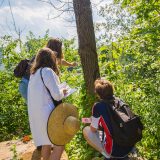
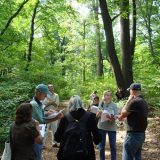
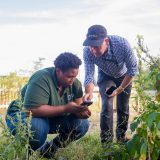
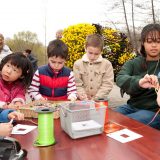
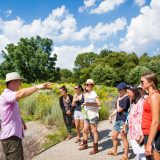

 Location Throughout the Garden
Location Throughout the Garden